Wooden Practice Swords, Bokken, Broadswords & Shinai
-
From $49.95
-
$32.95
-
$13.95
-
$54.95
-
$26.95
-
$29.95
This section includes all kinds of wooden swords for martial arts training. We carry traditional bokken for Japanese styles like Kendo and Kenjutsu, as well as wooden broadswords and Tai Chi swords used in Chinese martial arts. Some are designed to look and feel like real swords, just with a safer material. Others are shaped for speed, balance, or impact resistance depending on how you plan to train.
The bokken is one of the most recognizable practice swords. It is modeled after the Japanese katana and used in everything from Kendo to Aikido. Unlike foam or padded weapons, a bokken gives you real feedback when you strike or block. It helps you build proper distance and timing, and it is strong enough to handle contact drills without breaking down easily. Some are smooth and simple, while others include guard pieces and wrapped handles for a more authentic feel.
If you are studying Chinese martial arts like Tai Chi or Wushu, there are wooden swords designed just for those systems. A wooden Tai Chi sword is usually straight and lightweight, similar to a jian. It is perfect for learning smooth, flowing forms while still getting the feel of a real weapon. Broadsword versions are heavier and curved, better suited for Kung Fu styles that use slashing movements and wider arcs.
Then there is the shinai, which is a bit different. Instead of being carved from a solid piece of wood, a shinai is made from slats of bamboo bound together. It is used in Kendo and was created to allow full-speed sparring with less risk of injury. The shinai makes a distinct sound when it strikes, which is part of how Kendo practitioners learn rhythm and accuracy during matches.
How to Choose the Right Wooden Sword
Not all wooden swords are built the same, so the right choice depends on how and what you train. If you are practicing Japanese sword arts like Kendo or Kenjutsu, a bokken with a proper length and balance is a good place to start. Some bokken include a tsuba (hand guard) for added realism, while others are plain and minimal. For sparring, a shinai is more forgiving and built for repeated contact, especially in full-speed matches.
For Chinese styles, the decision comes down to whether you are working with straight or curved forms. A wooden Tai Chi sword will feel light and responsive, ideal for slow, flowing movements. A wooden broadsword, on the other hand, has more weight and is shaped for wide, circular strikes like those found in Kung Fu. Pay attention to things like overall length, grip shape, and the type of wood or synthetic material used. Some woods are better for display, while others are built to take a beating in partner drills.
What Is the Difference Between a Bokken and a Shinai?
A bokken is a solid wooden sword shaped like a katana, commonly used for practicing strikes, kata, and controlled drills in styles like Kenjutsu and Aikido. It provides the feel of a real sword without the danger of a live blade. A shinai, on the other hand, is made of split bamboo strips bound together, and it is built specifically for full-speed sparring in Kendo. The shinai is much more forgiving on impact and is often used while wearing protective armor. If you are working on precision and form, go with a bokken. If you are sparring at high intensity, a shinai is the safer choice.
Can You Use Wooden Swords for Sparring?
Some wooden swords can be used for light-contact sparring, but it depends on the construction. Hardwoods like oak and hickory are strong enough for controlled strikes, especially with protective gear. However, full-speed sparring is usually reserved for shinai or padded weapons to prevent injury. Always check the product details and avoid using decorative or lightweight models in partner drills. A good rule of thumb is that if a sword looks delicate or stylized, it is probably meant for forms or display, not contact.
What Length of Shinai Should I Get?
The right shinai length depends on your height, experience level, and the style you are training in. Standard adult shinais are usually around 39 inches long and work well for most Kendo practitioners. Shorter options like 36 or 37 inches are better for youth, smaller adults, or those who prefer a lighter feel. Some people use longer shinais for reach and control, but that can add weight and affect speed. If you are just starting out, a standard 39-inch shinai is a safe and widely accepted choice for most practice settings.
What Type of Wood Is Best for a Bokken?
Bokken are often made from red oak, white oak, or hickory, each offering different levels of strength and flexibility. Red oak is common and affordable, while white oak tends to be denser and more durable for partner drills. Hickory is prized for its shock resistance and is a good option for high-impact training. If you plan to use your bokken for light forms or solo practice, any hardwood will do. For contact training, choose a denser wood that can take repeated strikes.
Is a Polypropylene Sword Better Than a Wooden Sword?
Polypropylene swords are made from a dense, impact-resistant plastic that holds up well to repeated contact. They are less likely to splinter or crack compared to wood, which makes them a popular choice for outdoor training or heavy drills. Wooden swords, however, offer a more traditional feel and often have better weight balance for martial arts forms. The right choice depends on whether you prioritize durability or authenticity in your training.
What Is the Difference Between a Bokken, Shoto, and Tanto?
All three are wooden training weapons used in Japanese martial arts, but they represent different types of blades. A bokken is the size and shape of a full-length katana and is used for most sword forms and partner drills. A shoto is a shorter wooden sword that represents the wakizashi, which was traditionally worn alongside the katana. It is often used for close-quarters techniques or paired-sword practice. A tanto is the smallest of the three and mimics a dagger. It is typically used for self-defense drills, disarm techniques, and close-range scenarios. The size and purpose of each weapon make them useful for different types of training.






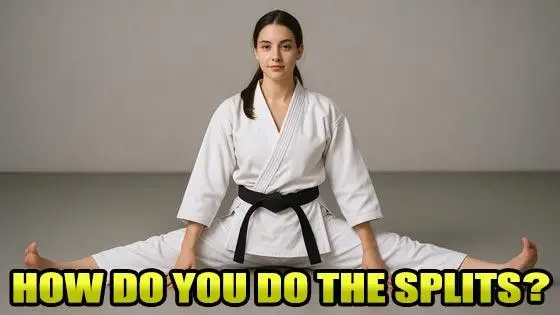
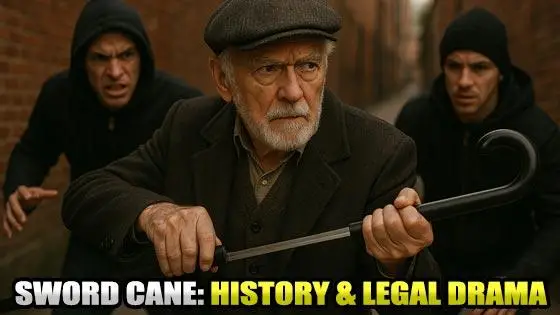
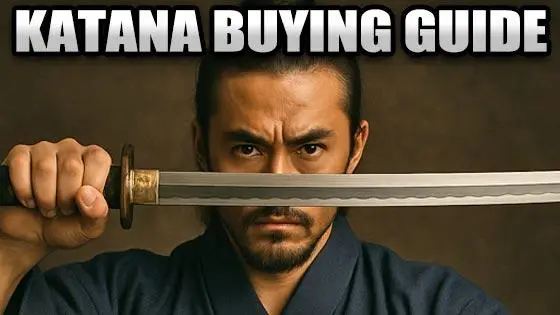
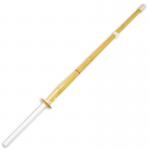

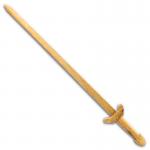
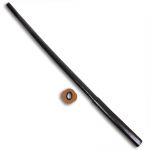
 (1)
(1)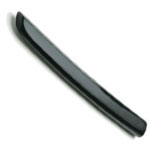
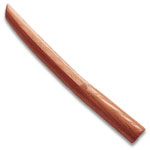
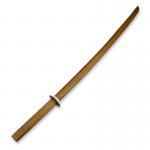
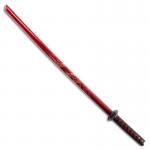
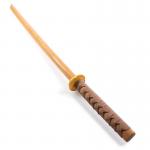
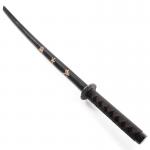
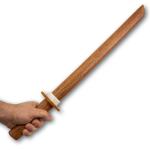
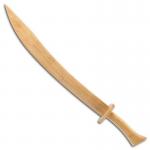
 (1)
(1)


















